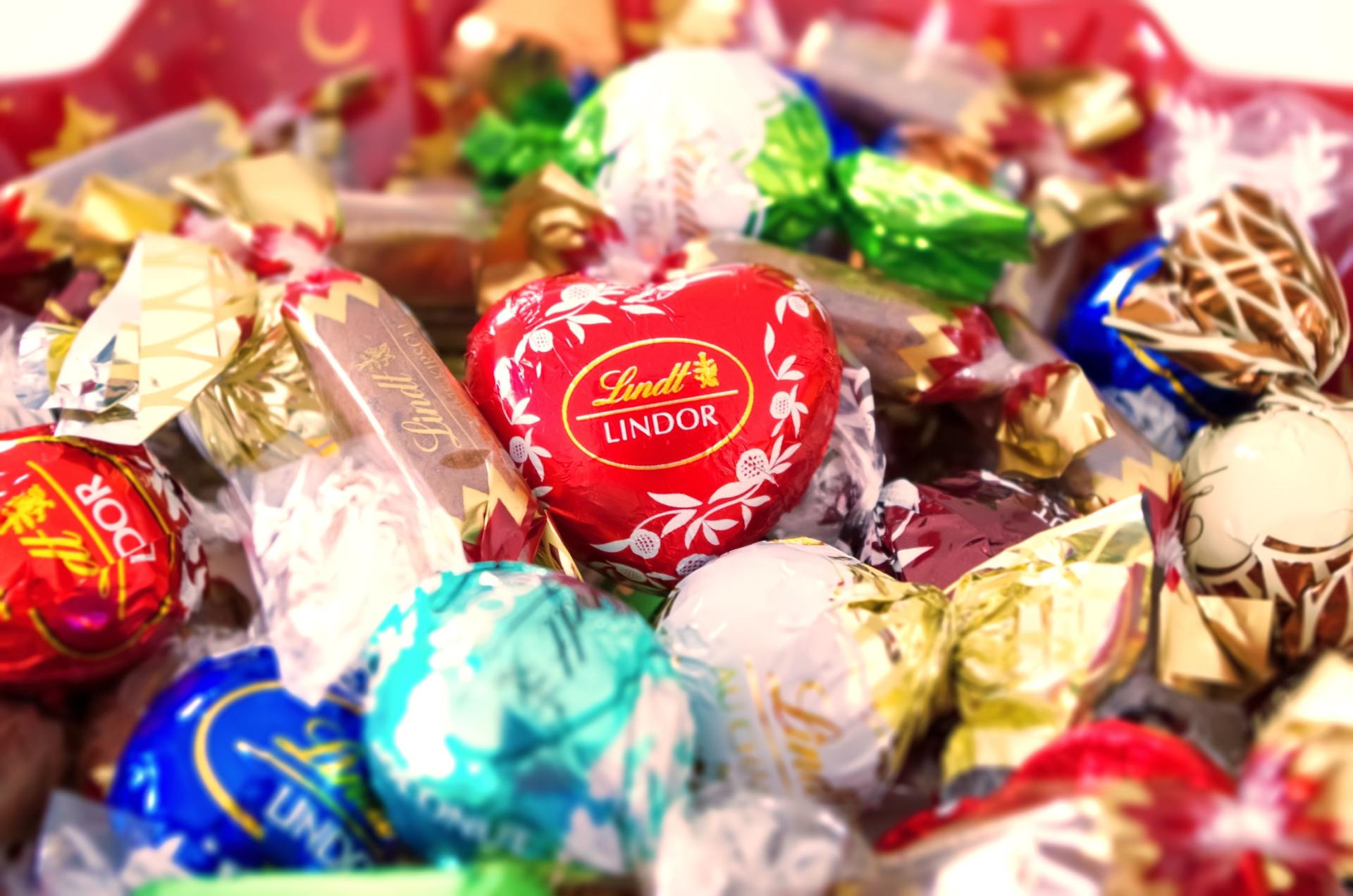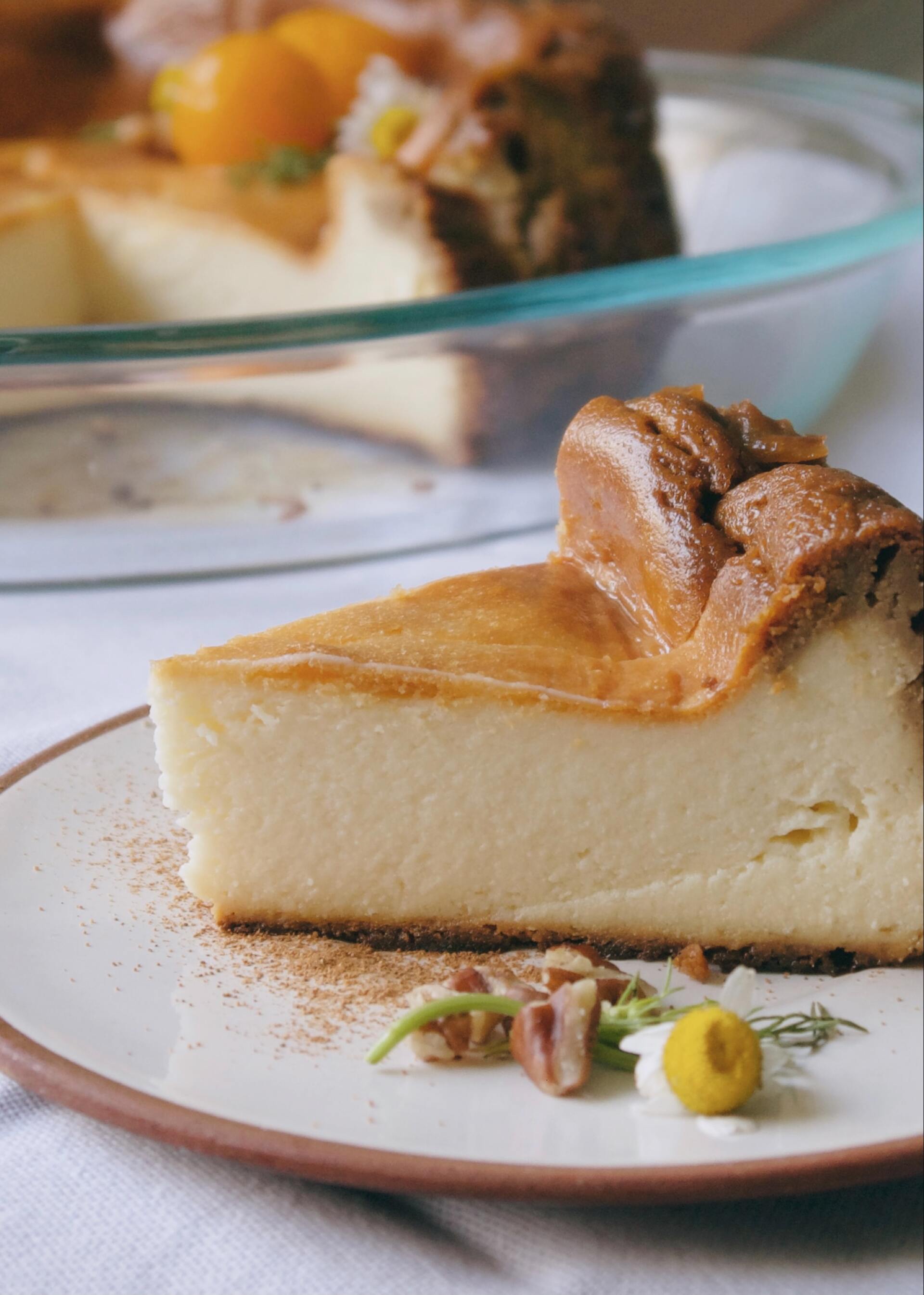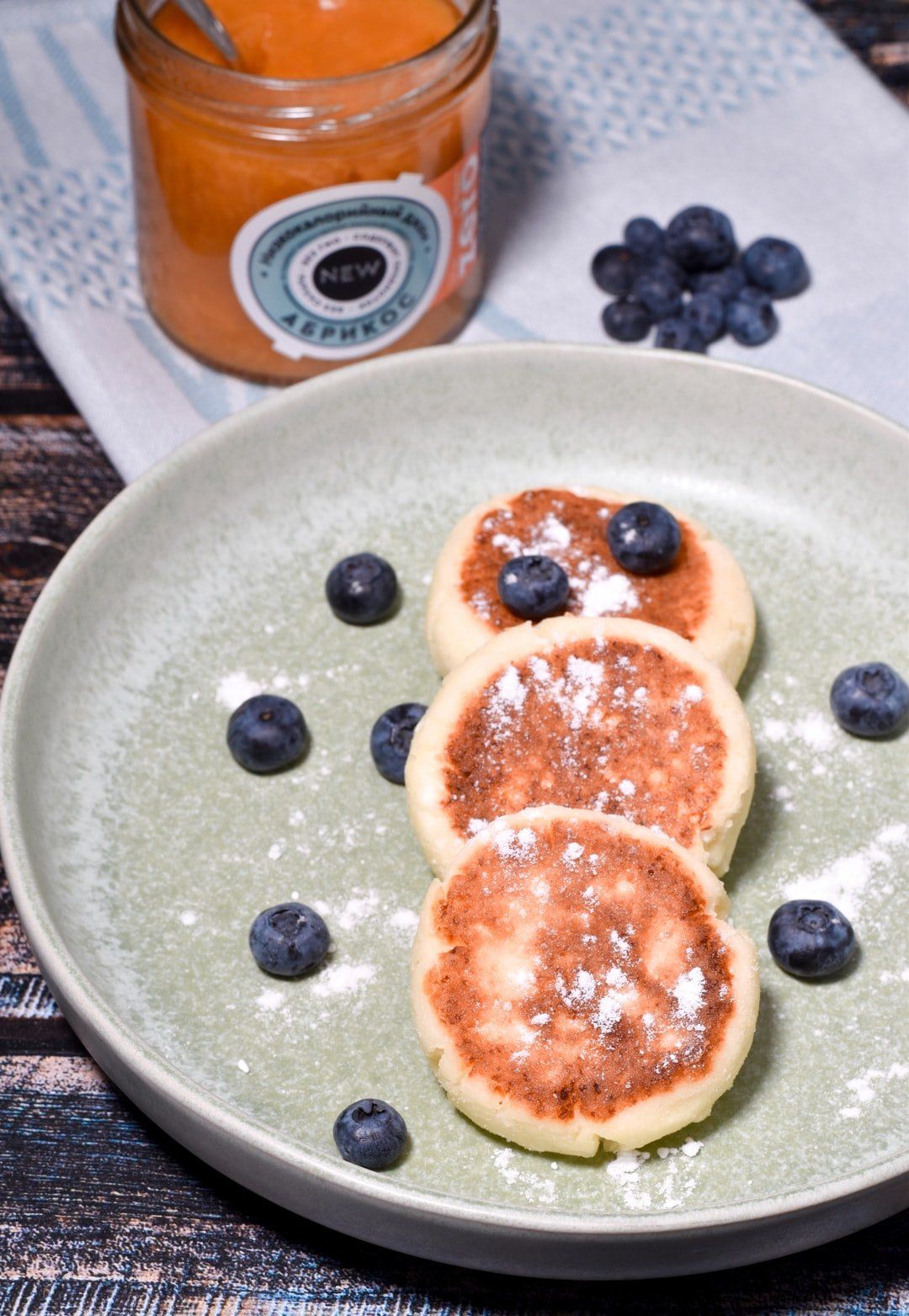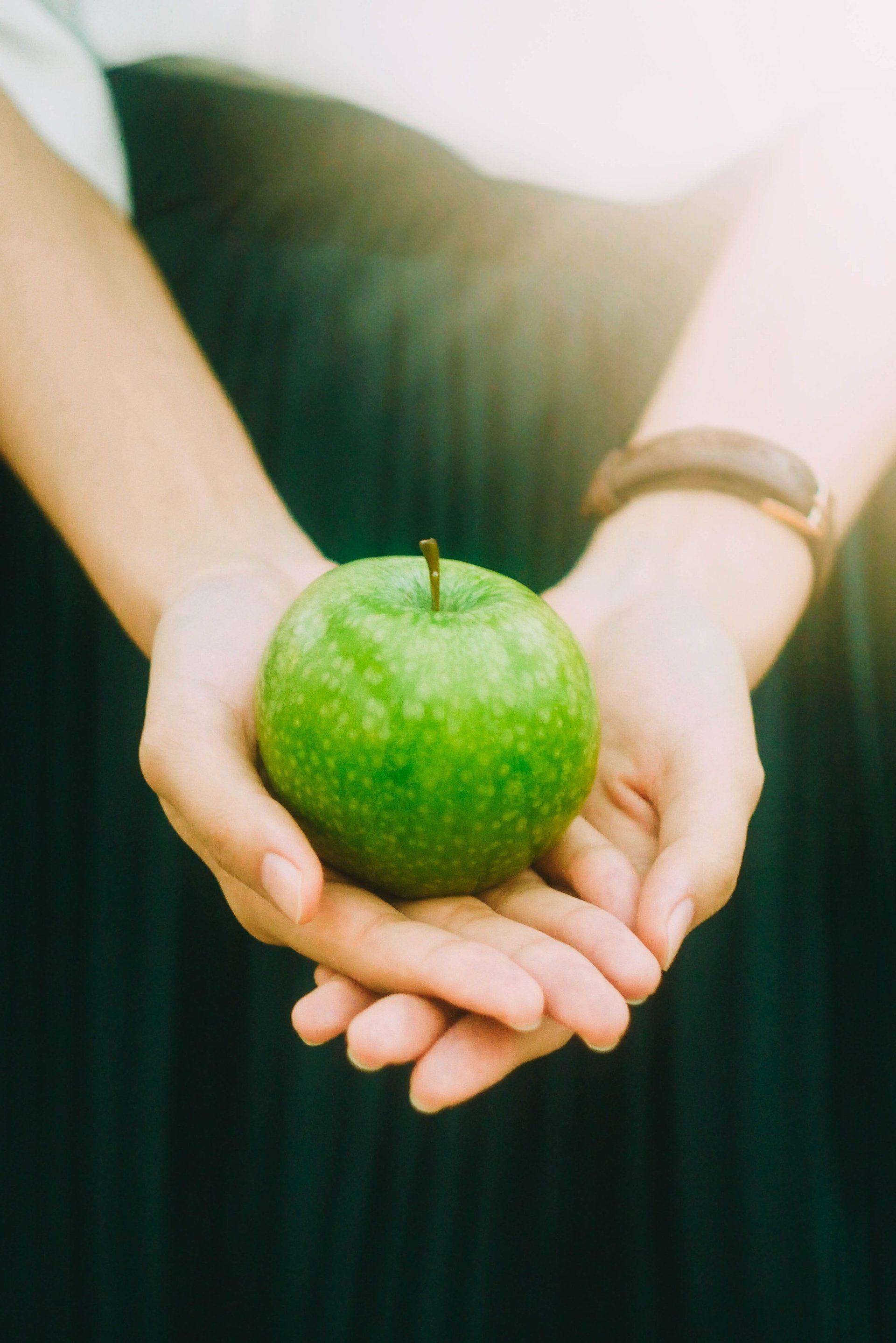Dynamic contrast refers to foods that generate contrast sensation in our mouths. For example, chocolate candies with hard sweet chocolate shells and smooth melting sour centres. We really enjoy foods, which give us one kind of texture and taste, and later the other ones. Maybe something soft to start with, then something chewy, and so on. These foods are more appealing, because we don’t want to stimulate the same senses repeatedly, and want to experience as many different stimuli as possible with one bite.
Dynamic Contrast and Your Cravings
Eating food is not only about energy and nutrients
It’s not only about your feelings
There are a few elements when it comes to liking a certain food. There is an emotional association: feeling rewarded, feeling nostalgic, feeling belonged, etc. And there are multiple articles talking about food and mood connection. But there is also a physical explanation, which doesn’t get covered that much. Physical explanation includes looking at how certain foods stimulate our senses. We analyse things like sounds, textures, tastes, and smells. These things are as important as emotional elements to shape our perception of a food, and trigger the hypothalamus, the neuroendocrine organ that allows us to control whether we want to eat more of it. So we crave a certain food not just because it is ‘good’, or because it makes us feel a certain way, but also because it has a particular way to stimulate our senses.
Dynamic contrast
Why ice cream is a perfect comfort food
How can I use dynamic contrast to tame my cravings
Eating is a very dynamic process, and we actively participate in it with all our senses. On a human biology level, we seek to maximise stimulus through different textures and tastes, so by default foods which generate strong contrast sensations might be defined as ‘good’. This makes perfect sense from an evolutionary point of view. We want to survive, and to survive we need a balanced diet with various essential nutrients. Going for different textures and tastes was our way of getting different nutrients to ensure a balanced diet. So nowadays, whenever you are putting a meal on your plate, or ordering a meal in the restaurant, think about dynamic contrast. Deploy contrast techniques to make your usual meals more enjoyable. And maybe even become more mindful with highly processed foods, as you now know why you might crave them so much.





